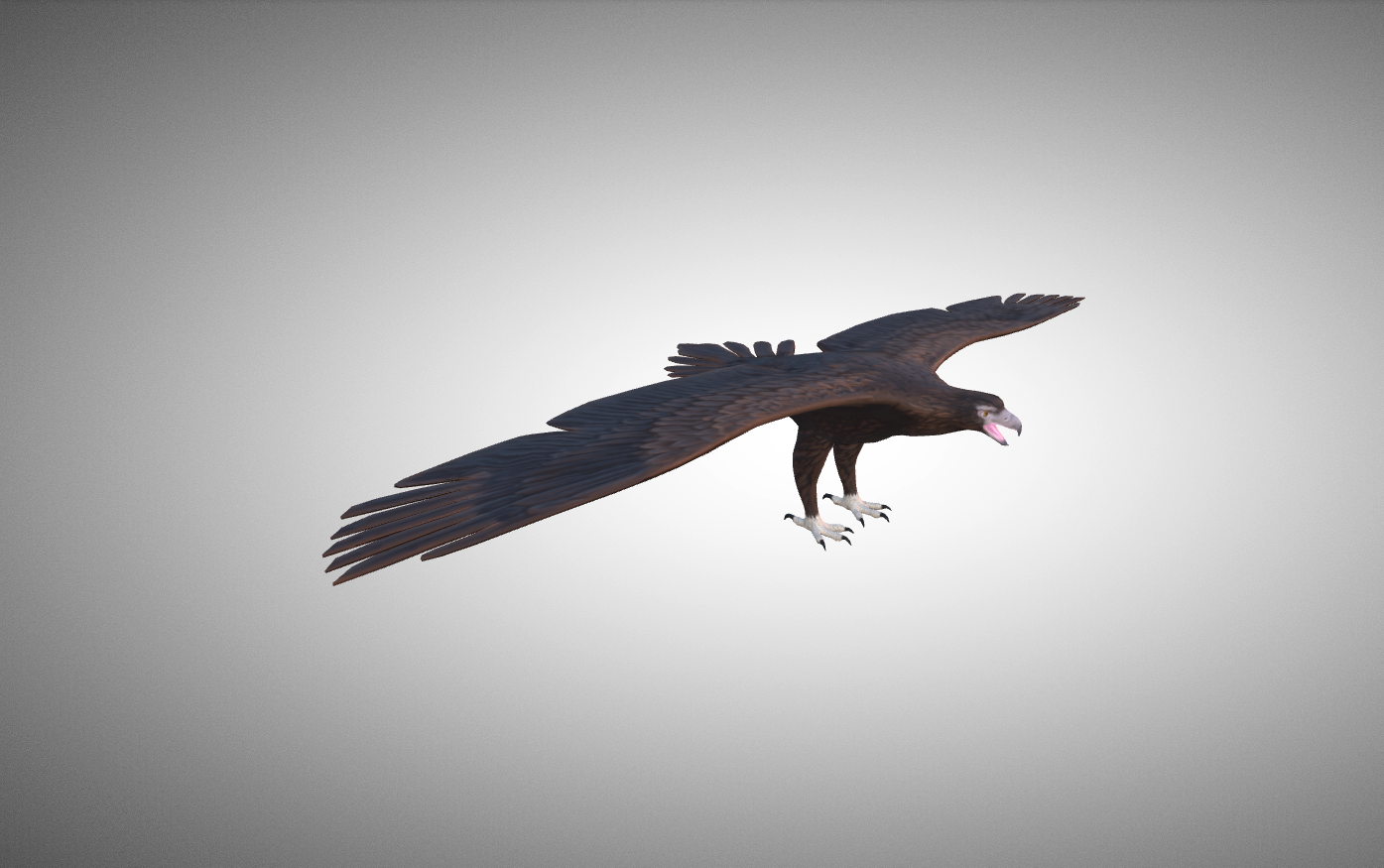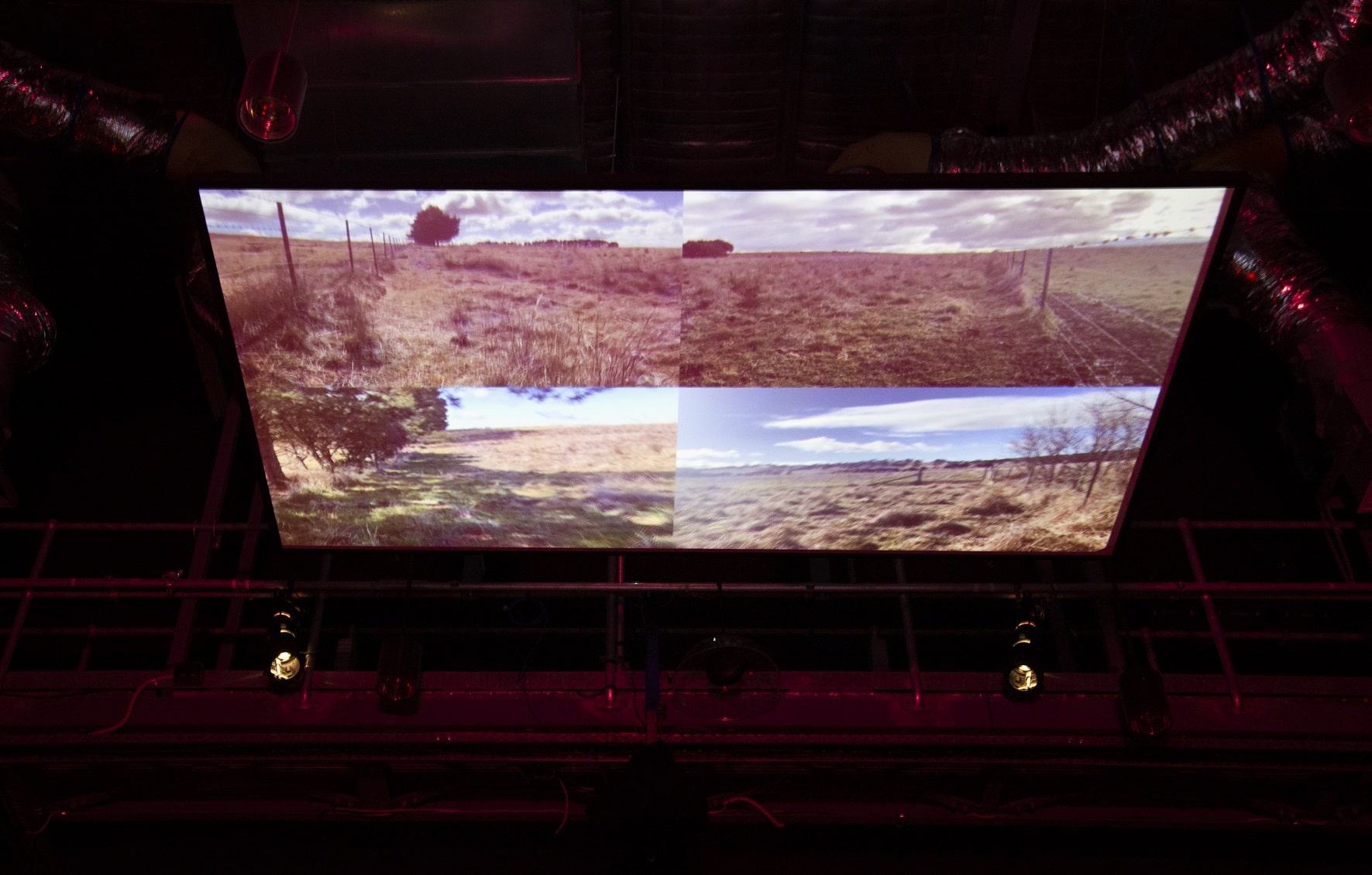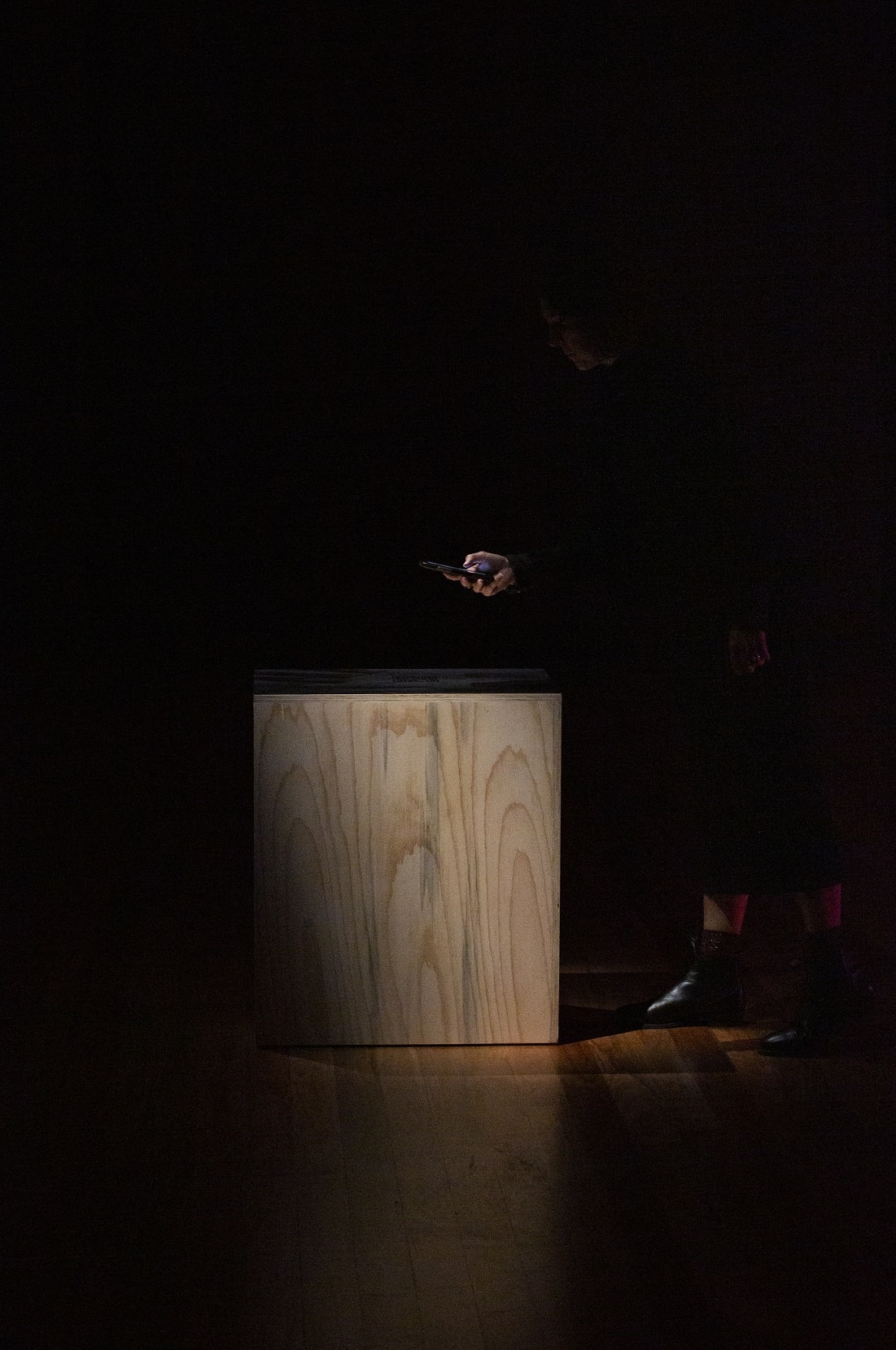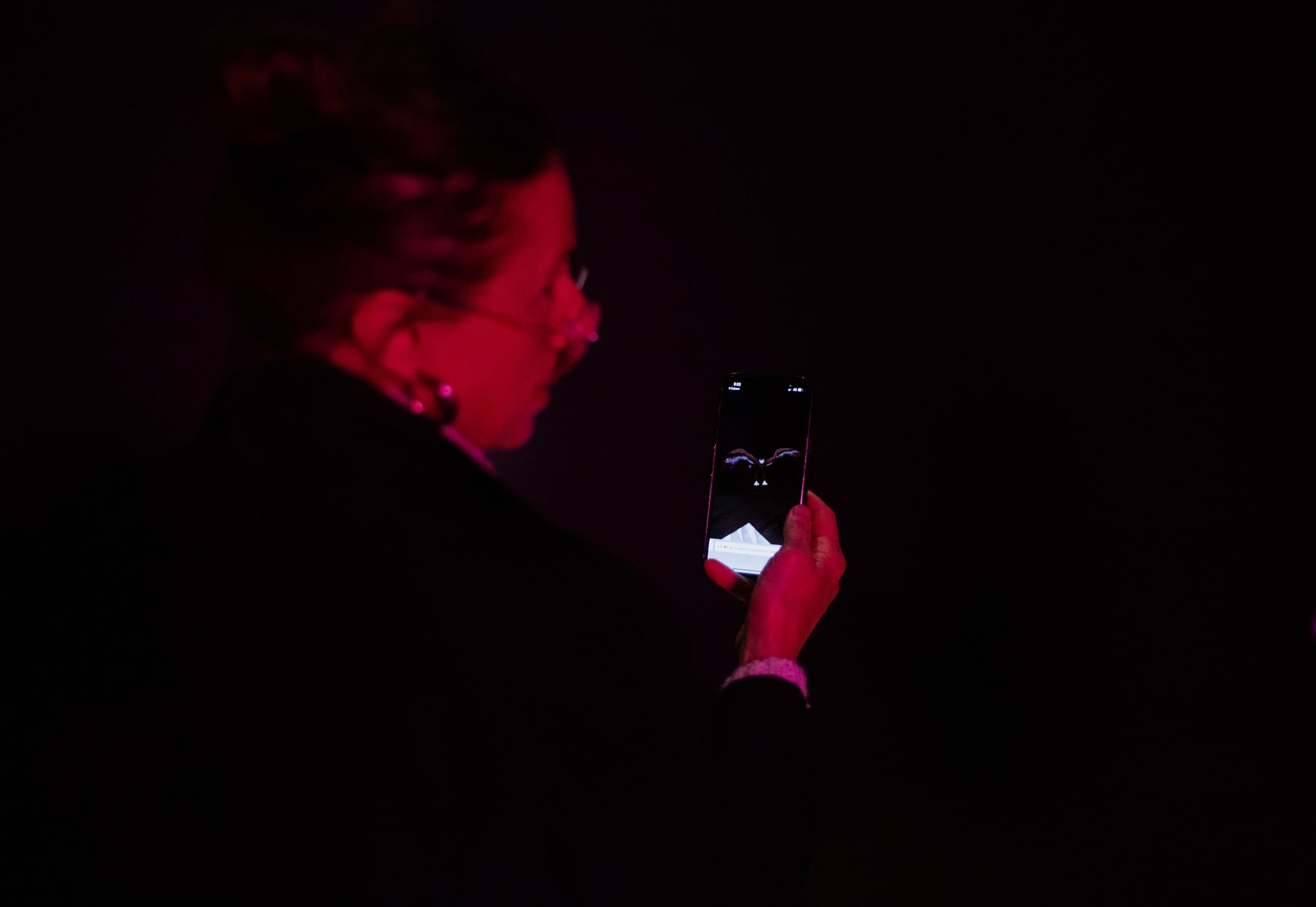
you can never touch your shadow
Dean Cross
you can never touch your shadow by paratactical artist Dean Cross brings together three mediums; one still image, one moving image and an Augmented Reality (AR) sculpture. The work calls on Australia’s largest bird of prey, the Wedge-tailed Eagle, as a vehicle for thoughts on transcendence, mobility and time.
The ‘Wedgie’ relies on the invisible force of thermal updrafts to be able to fly and travel. These animals traverse geographic, natural, cultural and generational borders. Whilst capable of travelling long distances, these eagles mostly stay within their territories, often for generations. They are not bound by human metrics of borders or distance, and their understanding of time, scale and space is different to our own.
This tangible but elusive creature occupies physical space yet evades the grasp of humankind. This confluence between materiality and immateriality is what prompted Dean to replicate this physical being digitally, in the untouchable and disembodied realm of Augmented Reality (AR).
Read Artist Statement
you can never touch your shadow – there will always be a space between you and the light your body reflects. A fractal chasm connected by an uncrossable bridge, elastic and unbreakable.
On Country, you are never far away from a Wedge Tailed Eagle.
Or, perhaps, they are never far away from you.
They are our ancestors; they are our memories; they hold and protect; they guide and direct. They are called malyan in the Dhurga Language, which is the language of Walbunja Country where I live. There is a family of malyan I regularly visit, or who visit me, and I am grateful for their presence in my life. I dedicate this project to them.
Read Artist Statement
you can never touch your shadow – there will always be a space between you and the light your body reflects. A fractal chasm connected by an uncrossable bridge, elastic and unbreakable.
On Country, you are never far away from a Wedge Tailed Eagle.
Or, perhaps, they are never far away from you.
They are our ancestors; they are our memories; they hold and protect; they guide and direct. They are called malyan in the Dhurga Language, which is the language of Walbunja Country where I live. There is a family of malyan I regularly visit, or who visit me, and I am grateful for their presence in my life. I dedicate this project to them.





